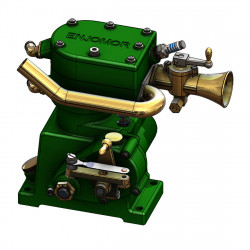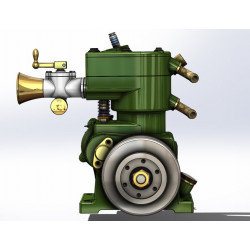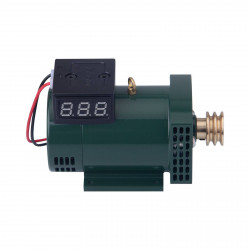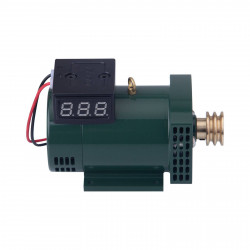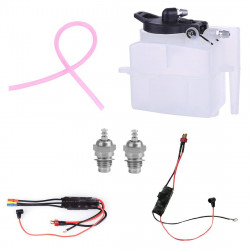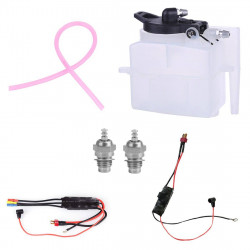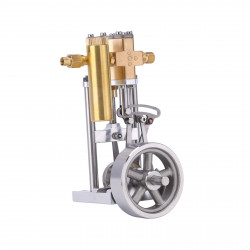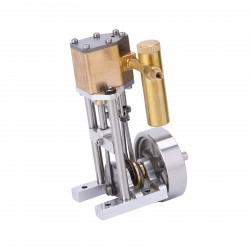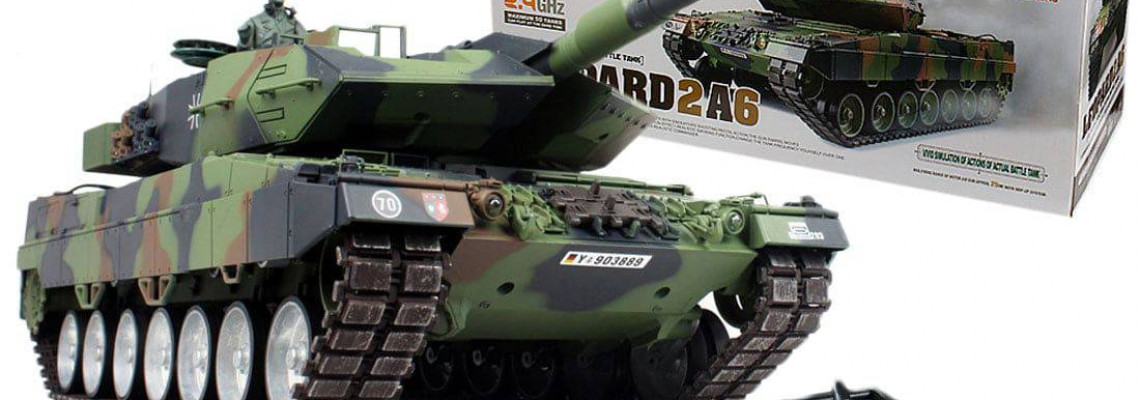
How Fast is a 1/16 Scale RC Car
If you're considering purchasing your first remote-controlled vehicle, you may be curious about its top speed. Even though RC cars are small, their size can be misleading. Despite their wide variety of sizes and shapes, RC cars typically have similar top speeds and acceleration capacities.
We'll cover all you need to know about a 1/16 RC car's speed in this article.
How Large is a 1/16 Scale RC Car?
It might be challenging to determine the size of an RC car without knowing its original reference point because the 1/16 scale refers to the original size of the vehicle on which the RC car is based.
The fact that RC cars come in a variety of shapes and sizes further complicates matters. Monster trucks, Formula Race Cars, and Dune Buggies are the inspiration for some.
Although this is only a general guideline, most RC cars should be between 10 and 15 inches long if they are 1/16 to scale.
A lot of 1/16 scale formula RC vehicles will measure roughly 10 inches in length, 7 inches in width, and 4 inches in height.
While 1/16 scale RC trucks are typically 14 inches long, they will have the same height and breadth.
Because of the wider wheels, 1/16-scale RC monster trucks will be 14 or 15 inches long, 5 to 7 inches tall, and 8 or 9 inches broad.
Furthermore, the size of an RC car does affect its maximum speed, as one might anticipate.
How Fast Does a 1/16 Scale RC Car Go?
Although many variables affect the ultimate top speed, most 1/16-scale RC cars should reach at least 30 mph.
Nevertheless, depending on the construction of the body and chassis and the calibre of the other parts, many RC cars can actually travel faster.
If you wanted to buy an RC car that could reach top speeds of 50 mph or modify one yourself to go as fast as possible, you could do so.
What Determines the Speed of an RC Car?
Size, tires, gearbox, battery, and motor are the five primary factors that influence a 1/16 RC car's ultimate top speed. Your remote-controlled car will move more quickly if you select better accessories!
Theoretically, cars get heavier as they get bigger. Although this may result in loss of speed and acceleration, it is rather misleading because larger cars can also have larger, more potent engines and batteries.
In light of this, the fastest remote-controlled automobiles are typically based on race or formula cars rather than monster trucks for a reason.
Depending on the type of terrain being used, the tires have a significant impact on speed. Flat pavement is a better fit for tires that are smoother and slicker. However, if you intend to compete on uneven terrain with mud, trash, and other natural obstacles, you will want larger tires with spikes and grooves.
Regarding gearing, one of the most dependable ways to boost any RC car's speed is with an increased spur gear and pinion. With these changes, the top speed can easily be increased by 5 to 10 miles.
Gearing and customization are crucial when modifying an RC car since different gearing can prioritize more excellent acceleration over a higher peak speed. When choosing the pinions and gears you desire for your remote-controlled vehicle, keep this in mind.
When it comes to batteries, LiPo is always preferable to NiMH. They have greater energy densities, last longer, and have higher voltages, all of which translate into faster speeds.
Just remember that LiPo batteries are not inexpensive. If you bought a cheap or beginner-friendly remote-controlled car, it most likely came with a NiMH battery. The cost of switching to a LiPo battery is likely to be high.
Additionally, confirm that the greater voltage of LiPo batteries is compatible with the maximum voltage of your RC car. A mismatch could cause irreversible damage.
The RC vehicle motor is the last item on our list. For higher speeds, a brushless motor performs far better than a brushed one. Despite their higher cost, they generate less friction, which results in less resistance and faster speeds.
What is the Fastest Possible Speed an RC Car can Go?
There are faster RC cars available, but a 1/16 RC car can only reach speeds of 50 to 60 mph. The issue is that they're not 1/16 scale; instead, they're typically much more significant.
The Traxxas XO-1 is the world's fastest-known remote-controlled vehicle. It can reach a maximum speed of 100 mph, which is far faster than any other RC car.
The issue is that this RC car is actually a 1/7 scale rather than a 1/16 scale. Because it is far more significant than a typical RC car, it can accommodate more powerful gears, batteries, and motors.
Because the parts required to reach these speeds are either too large or too heavy to fit, it is simply impossible for a 1/16-inch RC car to travel even close to 100 mph.
Your 1/16-scale remote control car can likely reach 25 mph right out of the box. It is feasible to increase that speed to 40 or even 50 miles per hour, but doing so will require additional funding, effort and personalization on your part.
Conclusion
Remember that their size and weight severely constrain the top speed of 1/16 RC cars because they are so much smaller than a real car. Although it can be modified to achieve higher top speeds, the typical 1/16 RC car travels at about 25 mph.
